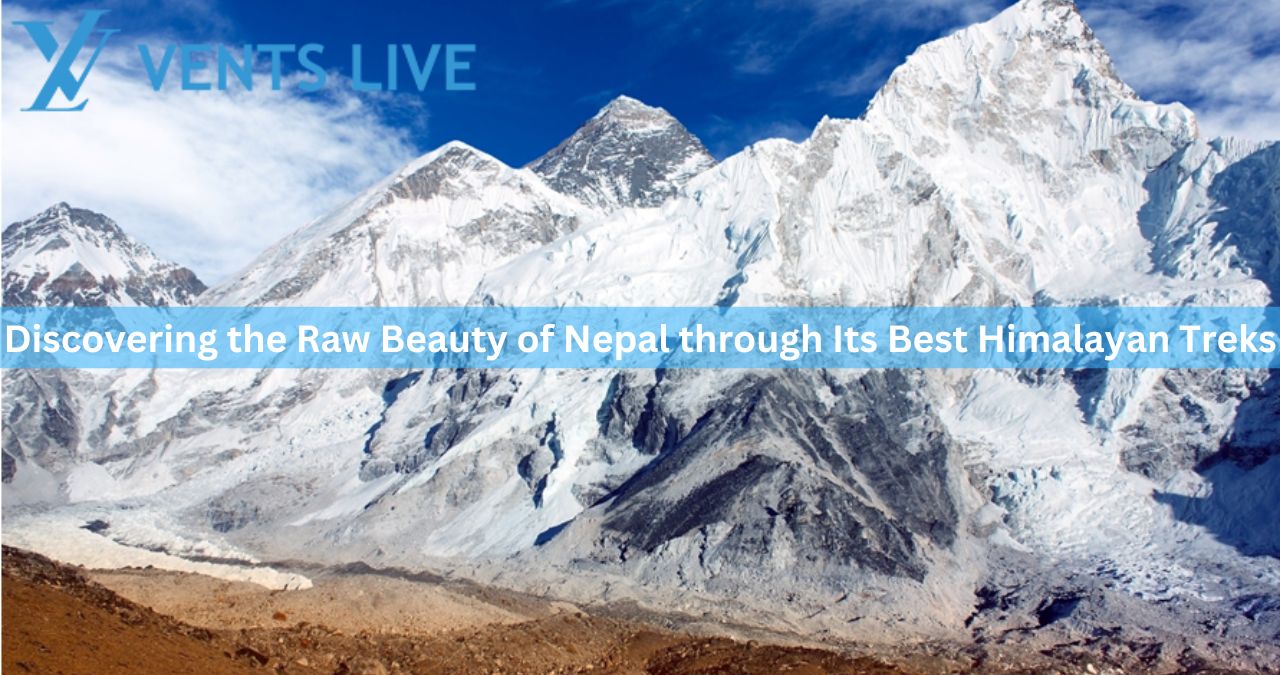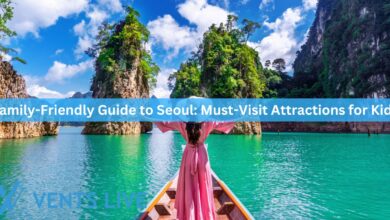Himalaya means abode of the snow in Sanskrit language. The Himalayas cross Nepal, China, Pakistan, Bhutan, and China. Nepal lies in the Great Himalayan Range. It has the world’s highest mountain above sea level, Mount Everest. It also has seven of the world’s “eight-thousanders” including Lhotse, Cho Oyu, Makalu, Kangchenjunga, Annapurna, Dhaulagiri, and Manaslu.
The Himalayas also consist of lakes and glaciers. Nepal has one of the highest lakes in the world, Tilicho Lake. It also has Rara Lake, Shey-Phoksundo Lake, and Gokyo Lake. It has the famous Khumbu Glacier in the Mount Everest region and Langtang Glacier in the Langtang region. So, Nepal is one of the most well-known Himalayan trekking destinations in the world. The Himalayan trekking provides an opportunity to discover the raw natural beauty of Nepal.
What are the major highlights of the Himalayan trekking?
1. Mesmerizing view of sunrises and sunrises on the snowy mountains.
2. Dynamic trekking options on each trail with panoramic mountain range views.
3. Natural scenery including dense forests, alpine meadows, unique flora and fauna.
4. Welcoming smiles and hospitality of the locals in the area.
5. Distinct local cultures and traditions intertwined in local daily life.
What are some of the top Himalayan Trekking in Nepal?
Everest Base Camp Trek: It is graded as a difficult-level trek. In the Everest Base Camp Trek, you trek to Kala Pathhar to get a mesmerizing close-up view of Mount Everest. All your tiredness from the trek disappears once you get the sight of the almighty Mount Everest. Along the trek, you get amazing views of mountains like Mt. Lhotse, Mt. Ama Dablam, Mt. Thamserku, glaciers, and landscapes. The best time to commence this trek is from the beginning of October until the end of May.
Manaslu Circuit Trek: It is graded as a difficult-level trek. It is one of the most challenging and less crowded trails in the Himalayas. It offers an opportunity to view Nepal’s untouched region along the border of Nepal and China. It lies in the Manaslu Conservation Area which is enriched with biodiversity. The best seasons for the Manaslu Circuit Trek are March-May and September-November.
Annapurna Base Camp Trek: It is a moderate-level trek to the home of Annapurna. The Annapurna Base Camp Trek allows you to get 360 panoramic views of all the Annapurna giants including Annapurna I, Gangapurna, and Machapuchre. You traverse through charming villages, lush hills, rivers, forests, and mountains. You can commence this trek on almost every date. The peak season is from April to May and October to November.
Langtang Valley Trek: It is a moderate-level trek. You trek along a challenging off-the-beaten trail through a lush green forest. During the Langtang Valley Trek, you may encounter the red pandas, Himalayan Thar, rhesus monkeys, and Himalayan black bears. The best time for the Langtang Valley Trek is March/April and October to December.
Poonhill Trek: It is a short, easy, and top-grade trek. You get a magnificent view of the Dhaulagiri, Manaslu, Annapurna, and Lamjung Himal in a short time. You pass the ethnic villages filled with diverse people and cultures. The best times for the Poonhill Trek are February-March and September-December.
Besides the above-mentioned Himalayan trekking, there are many other Himalayan trekking destinations like Gosaikunda Trek, Khopra Ridge Trek, Tilicho Lake Trek, Gokyo Lake Trek, Pikey Peak Trek, and Nar Phu Valley Trek. Every trail has its unique natural beauty and a story to tell. Be it a beginner trekker or an expert trekker, Nepal is best for every Himalayan trekker.
How to choose the Himalayan trekking destinations?
The choice of the Himalayan trekking route depends on the trekker’s willpower and limitations. The trekkers need to consider their preferred interests, physical and mental ability, acclimatization, travel time, weather, and financial constraints before choosing the trail. It is the best idea to trek on mild landscapes for beginner trekkers.
What are the best Himalayan trekking seasons?
The best Himalayan trekking season is the autumn season (September-November). You get a clear sky and a mild climate. You can view the unobstructed view of the mountains, greenery, and surrounding places.
During the winter season (December-February), snowfalls and freezing temperatures can hinder the Himalayan trek in the higher elevations. You can opt to trek in lower elevations regions in Nepal in winter months.
In the spring season (March-May), you get a moderate climate in higher elevations and a warm climate in lower regions. You can view the blooming rhododendron flowers and paint the hills pink and red. This season is also fairly good for Himalayan trekking.
It is recommended to avoid Himalayan trekking in the monsoon season (June-August). Heavy rainfall occurs in this season. So, the route is risky and there is a high chance of landslides and floods Nepal is a heterogeneous country in terms of culture, tradition, and topography. So, in varied seasons you can choose to trek in different regions.
During monsoon for the Himalayan trekking, you can travel the rain shadow areas of the Tibetan trail connecting Nepal and Tibet. You can also get a memorable Himalaya trekking experience in the Dolpo regions and Nar-Phu valleys.
What are the things you need to consider for the Himalayan trekking?
While embarking on the Himalayan trekking in Nepal, you must pack comfortable trekking shoes, snacks, and waterproof jackets. You should pack your clothes according to the weather conditions during your Himalayan trekking. You should bring reusable water bottles, trekking poles, sunscreen, sun hats, headlamp torch, sunglasses, and emergency medical kits. You must only carry the necessary things in your backpack. In conclusion, Nepal provides the most breathtaking varied Himalayan trekking destination at any time of the year. The Himalayan trekking offers an opportunity to view the natural beauty of the Himalayas, visit remote villages, and learn about the unique culture and local lifestyle of the people. It is suitable for all people with different fitness levels and interests. So, pack your bags and start the adventure to collect a lifetime memory in the home of the Himalayas.




